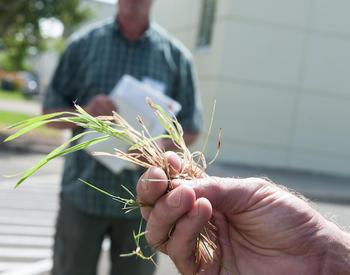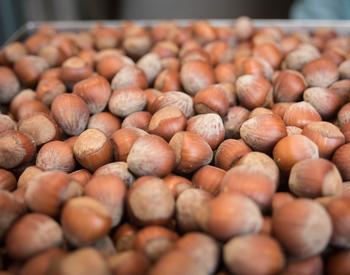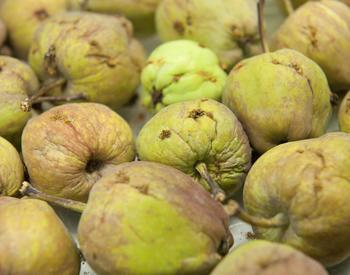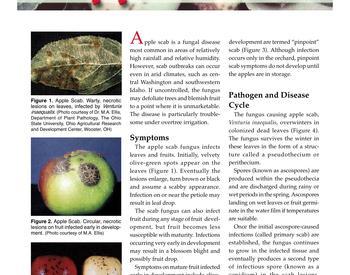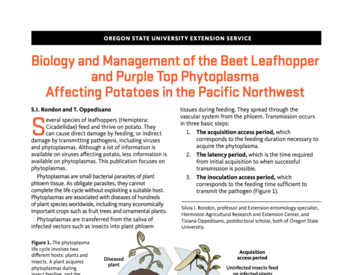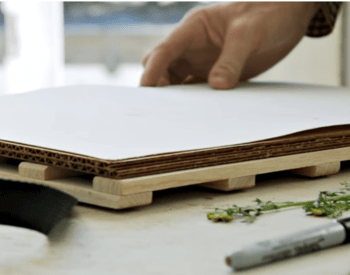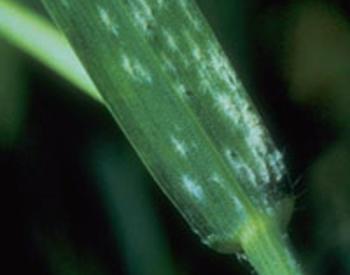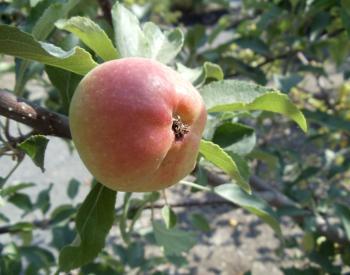Transcript
This animation depicts the nine-year spread of the
Blueberry shock virus through a half acre of susceptible Highbush Blueberry plants.
The field was free of virus symptoms until 2004 when the
virus was first identified in a single Blueetta plant.
Plants in red exhibit shock symptoms, including the death of flowers and foliage.
Plants without shock symptoms are shown in light green.
Plants in dark green recover from this virus in subsequent years and
produce a normal fruit load, even though they are still infected.
Plants in white showed shock symptoms on only one or two branches.
This animation depicts the 9 year spread of the Blueberry shock virus (BlShV) through a half acre of susceptible highbush blueberry plants. The 6 rows of "Bluetta" to the left (east) and the 6 rows of "Berkeley" to the right (west) were planted on 5 x 10 foot spacing. The field was free of virus symptoms until 2004 when BlShV was first identified in a single 'Bluetta' plant. Plants without shock symptoms are shown in light green. Plants in red exhibited shock symptoms including death of flowers and foliage. Plants recovered from this virus in subsequent years, shown in dark green, and produced a normal fruit load even though they are still infected. Plants in white showed shock symptoms on only one or two branches.
